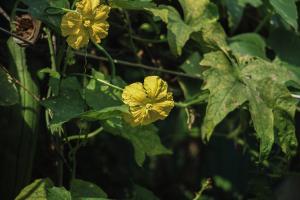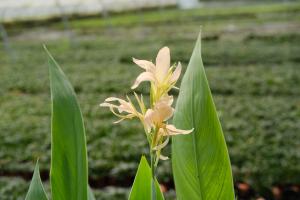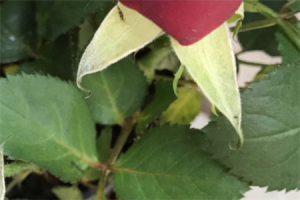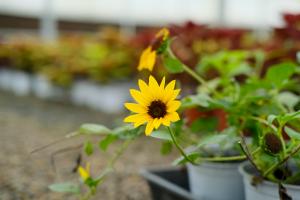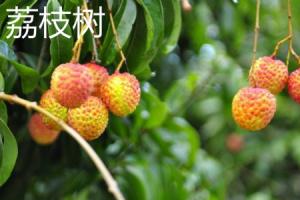How to Plant Passion Fruit in Pots
If you love passion fruit but don't have a garden, you're in luck! Growing passion fruit in pots is a great option for anyone who wants to enjoy this delicious fruit without having to own a lot of land. Here's how you can plant passion fruit in pots and start enjoying fresh passion fruit whenever you want:
Choosing the Right Pot
When it comes to choosing a pot for your passion fruit plant, bigger is always better. Passion fruit plants have an extensive root system and need plenty of space to grow. Choose a pot that is at least 18 inches (46 cm) in diameter and 18 inches (46 cm) deep. This will give your passion fruit plant the room it needs to thrive.
Preparing the Soil
Passion fruit plants prefer well-drained soil that is rich in organic matter. To prepare the soil for planting, fill the bottom of your pot with drainage material (such as rocks or broken pieces of clay pots), then add a layer of high-quality potting soil. It's a good idea to mix in some compost or other organic matter to enrich the soil.
Planting the Passion Fruit
Before planting your passion fruit, moisten the soil in the pot. Carefully remove the passion fruit plant from its container and loosen the roots. Place the plant in the center of the pot, making sure it is upright and at the same depth as it was in its original container. Fill in the space around the plant with soil, gently patting it down to ensure good contact between the roots and the soil.
Caring for Your Passion Fruit Plant
Once your passion fruit is planted, it's important to take good care of it. Here are some tips to help your plant thrive:
Water your passion fruit regularly. Passion fruit plants need consistent moisture to produce fruit. Water whenever the top inch of soil feels dry.
Provide support for your plant. Passion fruit vines can grow up to 20 feet (6 meters) long, so they will need a trellis or support structure to climb.
Fertilize your plant regularly. Passion fruit plants benefit from regular applications of fertilizer. Use a balanced fertilizer that is high in phosphorus to encourage fruit production.
Watch for pests and diseases. Passion fruit plants can be susceptible to pests and diseases, so keep an eye out for any signs of trouble. If you notice any issues, take action promptly to prevent them from spreading.
Harvest your passion fruit when it is fully ripe. The fruit should fall off the plant easily when it is ready to be harvested. Enjoy your delicious passion fruit fresh or use it to make jams, jellies, or desserts!
Conclusion
Planting passion fruit in pots is a great way to grow this delicious fruit even if you don't have a garden. By choosing the right pot, preparing the soil, and providing good care, you can enjoy fresh passion fruit from your own home. Give it a try and enjoy the sweet, tropical flavor of passion fruit!

 how many times do yo...
how many times do yo... how many planted tre...
how many planted tre... how many pine trees ...
how many pine trees ... how many pecan trees...
how many pecan trees... how many plants comp...
how many plants comp... how many plants can ...
how many plants can ... how many plants and ...
how many plants and ... how many pepper plan...
how many pepper plan...

